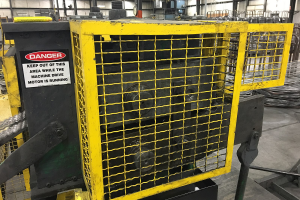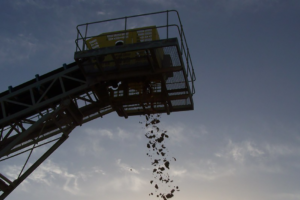OSHA points to decline in injuries, illnesses but there is more to the numbers
The federal Bureau of Labor Statistics recently announced that non-fatal injuries and illnesses in private industry declined by 200,000 from 2009 to 2010.
OSHA hailed that as good news, and rightly so. But to gain a fuller understanding of the numbers, you need to look at statistics going back a number of years.
These statistics show that the number of illnesses and injuries in private industry have been on a steady decline for years, as shown in this chart created by the government which tracks injury and illness numbers from 1994 to 2010.
That, of course is great news, as well. But it also demonstrates that maybe OSHA’s enforcement crackdown over the last two-plus years hasn’t changed the trend.
What’s ahead for OSHA
In announcing the numbers, Labor Secretary Hilda Solis gave some indications about where the agency will be focusing in the future: recordkeeping, the healthcare industry and public sector employers.
“We remain concerned that more workers are injured in the health care and social assistance industry sector than in any other, including construction and manufacturing,” she said.
“Illness and injury rates for public sector workers also continue to be alarmingly high at 5.7 cases for every 100 workers, which is more than 60 percent higher than the private sector rate,” Solis said.
“A report like this also highlights the importance of accurate record keeping.” she said. “Employers must know what injuries and illnesses are occurring in their workplaces in order to identify and correct systemic issues that put their workers at risk. We are concerned with poor record-keeping practices and programs that discourage workers from reporting injuries and illnesses.”
Too much focus on recordkeeping
My concern with this focus is that it prompts employers to expend their limited safety resources on recordkeeping requirements rather than continuing to identify and correct hazards and behaviors in the workplace. A tremendous amount of industry resources are devoted, for example, to trying to determine whether an injury should be classified as first aid, medical treatment or restricted duty. At the same time, OSHA has recently determined that falls from heights is the most violated standard.
I can’t believe that OSHA is expending their limited resources in recordkeeping yet OSHA still has general industry fall protection regulations that are totally inadequate. Somehow OSHA’s priorities have been misplaced.


